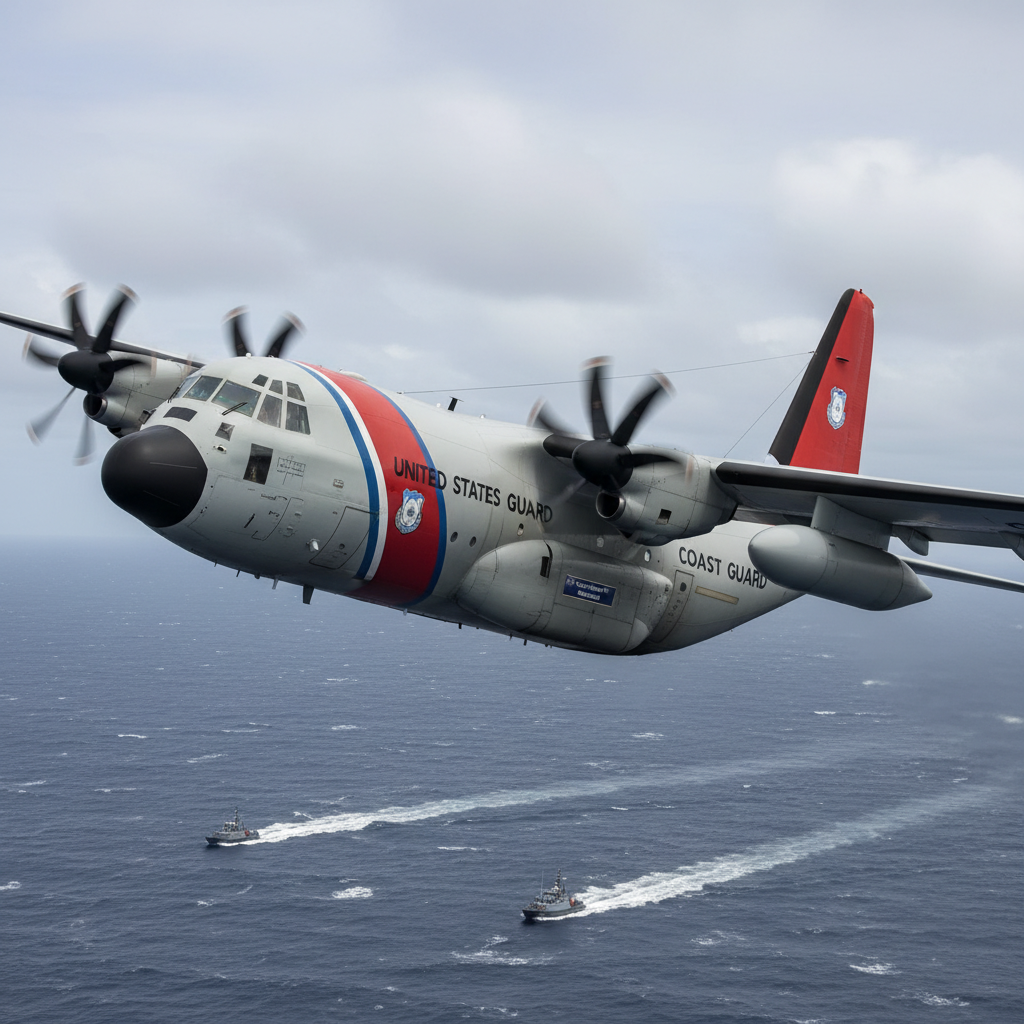Physical Address
304 North Cardinal St.
Dorchester Center, MA 02124
Physical Address
304 North Cardinal St.
Dorchester Center, MA 02124
Global aviation news tracker
Global aviation news tracker

US Coast Guard moves to modernize its aviation fleet with new engines and radar systems.
On September 23, 2025 the US Coast Guard announced it had awarded contracts for new aircraft engines and advanced radar suites as part of a broader Coast Guard fleet expansion. The procurement targets recapitalization of both fixed-wing and rotary-wing assets to strengthen maritime patrol, surveillance and search-and-rescue (SAR) capabilities across US coastal and international waters.
The contract awards cover engine replacements and radar upgrades designed to extend aircraft availability and improve sensor performance in challenging maritime environments. While the service did not disclose manufacturer names in the initial notice, it said deliveries are expected to begin in 2026 and will phase into operational squadrons over subsequent years to minimize disruption to missions.
Officials framed the program as part of a multi-year modernization effort to meet evolving operational demands — from fisheries enforcement and drug interdiction to disaster response and long-range SAR. Upgrading powerplants and avionics will help the Coast Guard increase mission readiness and reduce downtime for aging airframes.
Budget details and specific delivery schedules were not released in the announcement; procurement language indicated the awards are the first tranche in a multi-contract acquisition plan. The Coast Guard emphasized interoperability and sustainment, prioritizing systems that can operate in maritime weather and extend on-station times for crews.
For service members and aviation crews, the upgrades promise quieter, more reliable powerplants and sharper radar imaging for detection and tracking at sea. For the public, the upgrades aim to shorten response times for SAR and improve coverage in remote ocean areas.